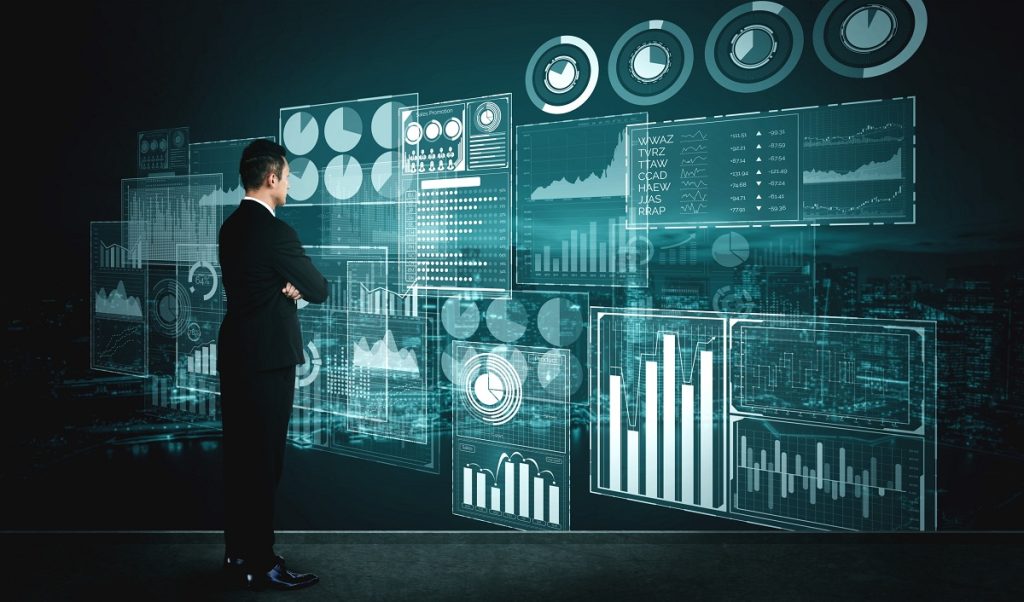Big data is opening new doors for analytics that were not possible before. The volume, velocity and variety of online data is growing exponentially every day. Traditional analytics is not enough to make sense of this massive amount of unstructured data. We need advanced techniques like machine learning, deep learning and artificial intelligence. An Online Data Science Course can help professionals learn these big data analytics skills. It can help them understand how to collect, store, process and analyze large datasets to extract meaningful insights. Big data analytics is revolutionizing various industries by enabling data-driven decision making.
Beyond Traditional Analytics: The Marvels of Big Data Analytics
Table of Contents:
- Introduction
- Understanding Big Data Analytics
- Big Data Technologies and Tools
- Real-Time Data Processing
- Big Data in Business Intelligence
- Big Data in Healthcare
- Big Data in Finance
- Big Data in Marketing
- Big Data in IoT and Smart Cities
- Future Trends in Big Data Analytics
- Conclusion
Introduction:
In the era of digital transformation, the volume, velocity, and variety of data generated have surpassed the capabilities of traditional analytics. Big data analytics emerges as a solution, offering powerful tools and technologies to extract valuable insights from massive datasets. This blog explores the significance of big data analytics across various industries and its future trends.
Understanding Big Data Analytics:
Big data analytics refers to the process of examining large and complex datasets to uncover hidden patterns, correlations, and other insights. It encompasses a wide range of techniques, including data mining, machine learning, and predictive analytics. By analyzing big data, organizations can make informed decisions, improve operational efficiency, and gain a competitive edge.
Big Data Technologies and Tools:
A variety of technologies and tools are used in big data analytics to process, store, and analyze large datasets. These include Hadoop, Spark, and NoSQL databases, which enable distributed computing and parallel processing. Additionally, data visualization tools such as Tableau and Power BI help in presenting insights in a meaningful way.
Real-Time Data Processing:
Real-time data processing is essential for industries such as finance, healthcare, and IoT, where immediate action is required based on incoming data. Technologies like Apache Kafka and Apache Storm enable the processing of streaming data in real-time, allowing organizations to respond quickly to changing conditions.
Big Data in Business Intelligence:
Big data analytics has revolutionized business intelligence by providing deeper insights into customer behavior, market trends, and operational efficiency. Businesses can use these insights to tailor their products and services, improve customer satisfaction, and drive growth.
Big Data in Healthcare:
In healthcare, big data analytics is used for patient monitoring, personalized medicine, and disease prediction. By analyzing large datasets from electronic health records and medical devices, healthcare providers can improve treatment outcomes and reduce costs.
Big Data in Finance:
The finance industry relies heavily on big data analytics for fraud detection, risk management, and algorithmic trading. By analyzing financial transactions and market data in real-time, financial institutions can detect suspicious activities and make informed investment decisions.
Big Data in Marketing:
Marketing has been transformed by big data analytics, allowing marketers to create targeted campaigns based on customer behavior and preferences. By analyzing social media data, website traffic, and customer interactions, marketers can tailor their messaging to specific audiences and improve ROI.
Big Data in IoT and Smart Cities:
In the IoT and smart cities sector, big data analytics is used to manage and optimize city services, such as transportation, energy, and waste management. By analyzing data from sensors and devices, city planners can improve efficiency, reduce costs, and enhance quality of life for residents.
Future Trends in Big Data Analytics:
The future of big data analytics is expected to be driven by advancements in artificial intelligence, machine learning, and edge computing. These technologies will enable faster processing of data, greater automation, and more accurate predictions, further enhancing the capabilities of big data analytics.
Conclusion:
Big data analytics has emerged as a transformative force, enabling organizations to extract valuable insights from vast amounts of data. By leveraging the right technologies and tools, businesses can unlock new opportunities, improve decision-making, and stay ahead in today’s data-driven world. As we move into the future, the role of big data analytics will only continue to grow, shaping the way we live, work, and interact with the world around us.

